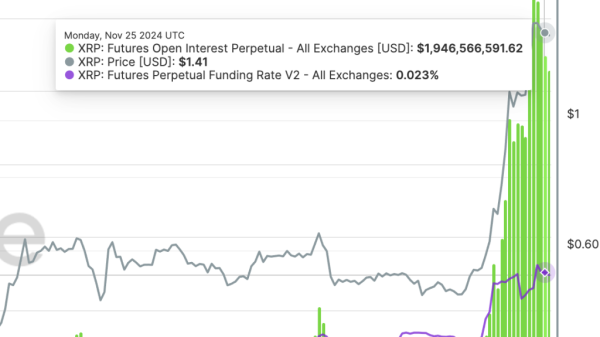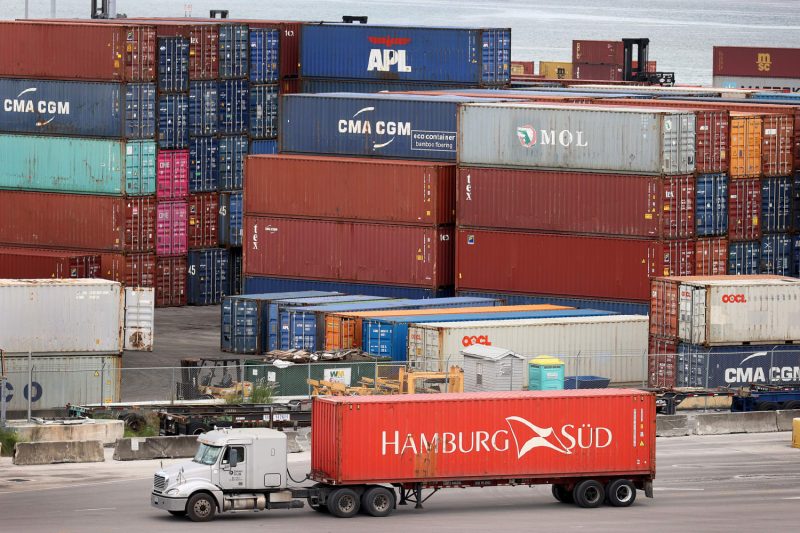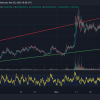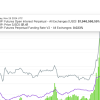As the threat of potential union strike looms over East Coast ports, businesses are on high alert. With billions of dollars in freight at stake, many companies are putting contingency plans into effect to ensure minimal disruption to their operations.
A closer look at the situation reveals that the International Longshoremen’s Association (ILA), which represents maximum dockworkers on the East Coast, including port checkers, crane operators, and forklift drivers, is in the midst of negotiations for a new contract which ends in September. The contentious negotiations are over issues including wages, working conditions, automation, and the outsourcing of jobs, with the potential for a strike alarmingly high.
The potential strike by East Coast dockworkers presents massive logistical challenges for businesses. Not only is the East Coast a vital avenue for international trade, but it is also a crucial hub for industries such as retail, food and beverage, automotive, and consumer electronics. A stoppage in work could cause drastic negative impacts, such as product shortages, shipping delays, and increased costs, particularly for time-sensitive goods like perishable food and holiday merchandise.
In the face of these challenges, many businesses are adopting various strategies to manage the potential crisis. Some are opting to front-load their inventories, bringing in goods much earlier than needed to avoid any disruption. This strategy, however, could result in increased warehousing costs and excess inventory if the strike doesn’t occur.
On the other hand, other companies are considering alternative shipping options, shifting their supply chains to utilize West Coast ports or air freight. Nevertheless, these options may also lead to increased costs, given that West Coast ports are further from many companies’ distribution centers, and air freight is usually more expensive than sea freight.
In addition to these efforts, businesses also explore the use of specialized software and data analytics. These technologies enable them to map out their international supply chains and to identify alternative sourcing and delivery methods. They also use these tools to monitor and manage potential issues in real-time, such as carrier delays, shipment diversions, and changes in port congestion levels.
Even amidst the scramble for contingency plans, it’s essential to note the strain that these actions put on various aspects of international trade. Front-loading by numerous companies write an increase in demand, which subsequently leads to container shortages and skyrocketing shipping costs. Also, the diversion of traffic to other ports can result in congestion and delays.
The potential dockworkers strike highlights the vulnerability of the global supply chain and the need for effective resilience planning. It serves as a reminder to businesses worldwide to continually evaluate their supply chain strategy and consider technological investments to better their adaptability and responsiveness. Through the optimised balancing of strategy, action, and technology, companies can better manage the inherent risks that global trade presents and safeguard their operations from future disruptions.






























